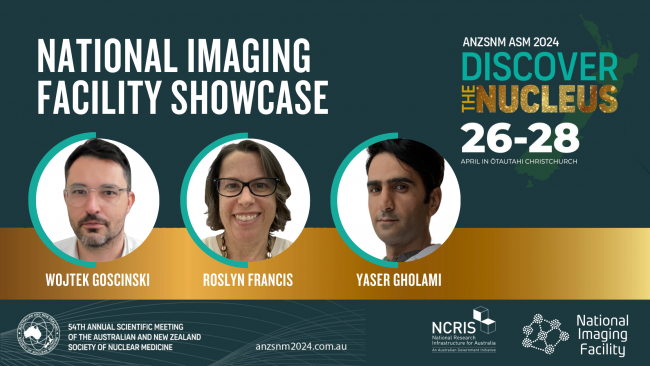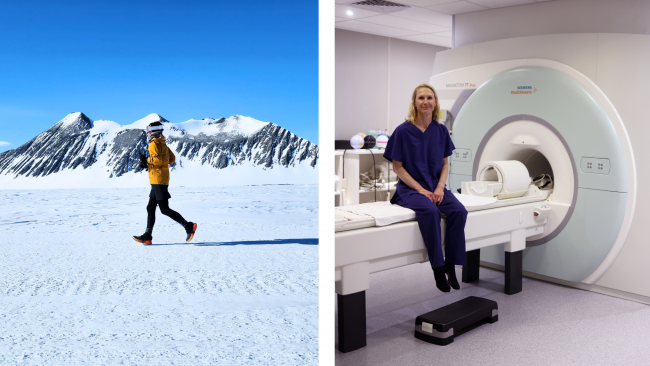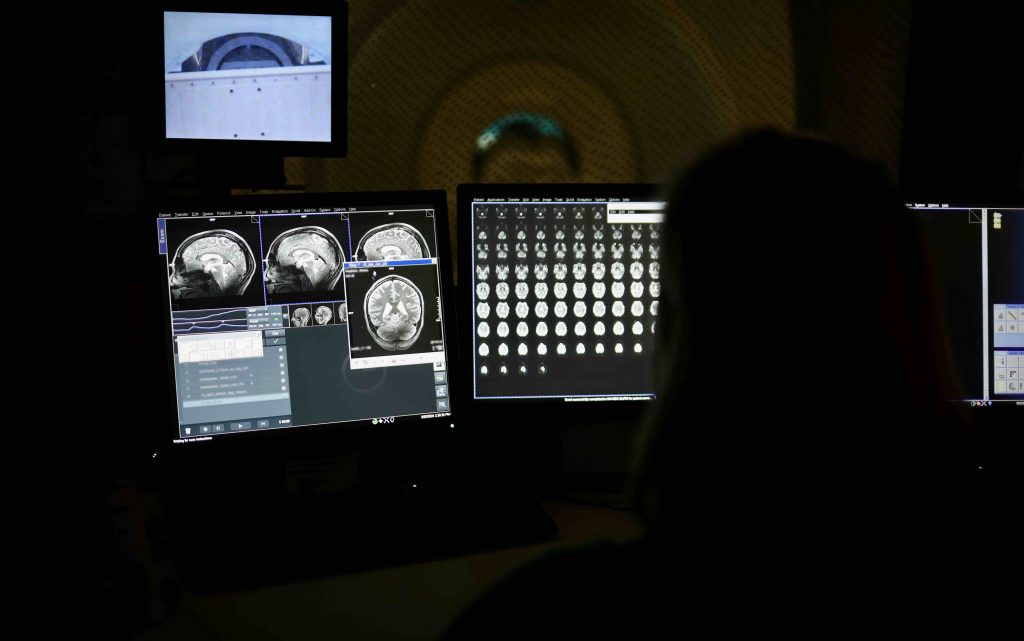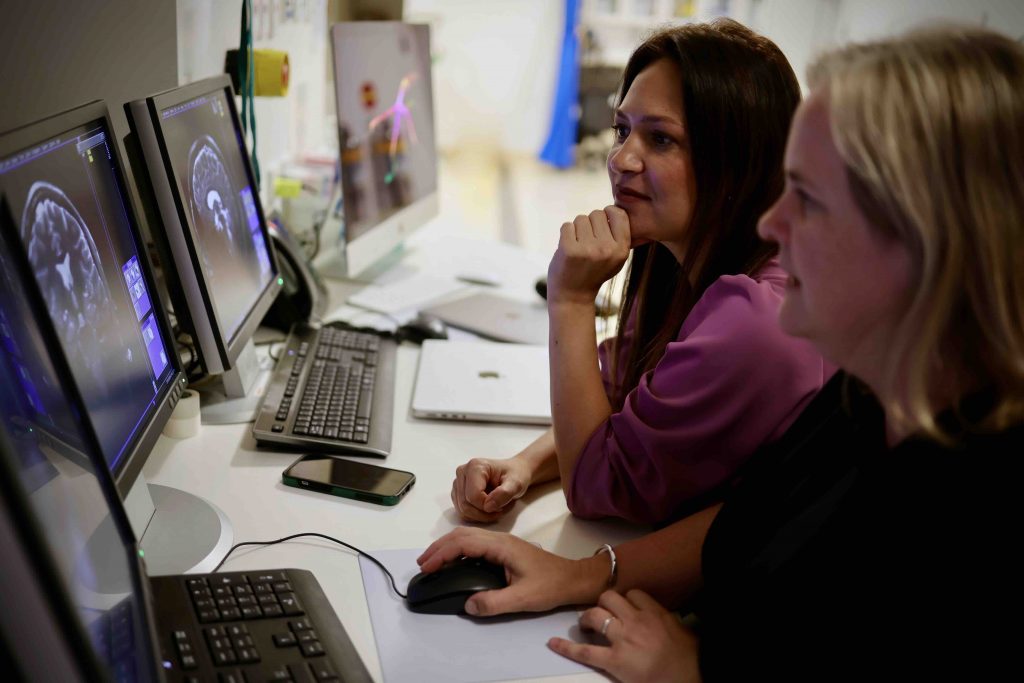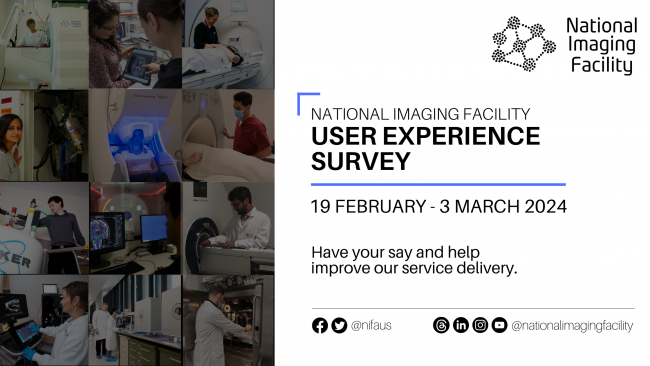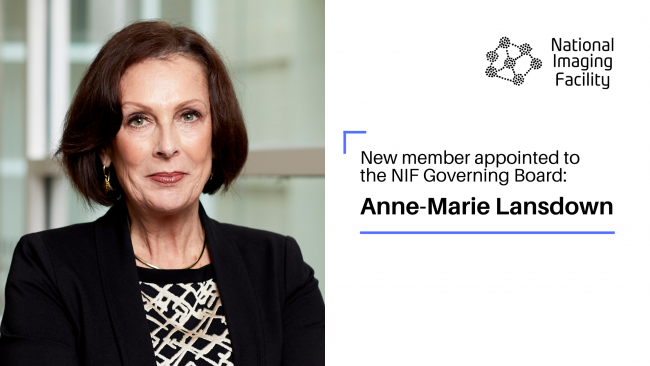NCRIS Health welcomes Australia’s RNA Blueprint
The NCRIS Health Group warmly welcomes the release of Australia’s RNA Blueprint by the Australian Department of Industry, Science and Resources.
The NCRIS Health Group includes Bioplatforms Australia, EMBL Australia, National Imaging Facility, Phenomics Australia, Population Health Research Network, and Therapeutic Innovation Australia.We are delighted that our advanced translational research infrastructure has been recognised in the RNA Blueprint.
Supported by the Australian Department of Education’s National Collaborative Research Infrastructure Strategy (NCRIS), the NCRIS Health Group facilitates cross-disciplinary health and medical research, providing Australian researchers with access to world-class infrastructure that enhance outcomes across the entire translation cycle for various therapeutic products, including RNA-based therapies.
The blueprint acknowledges that over $160M has been collectively invested by NCRIS Health Group members to establish an RNA Products Capability, enhance and expand synthetic biology capability and provide models for disease studies.
We are committed to leveraging our research infrastructure capabilities to contribute to the blueprint’s identified goals to drive the growth of Australia’s RNA sector, particularly the connection and promotion of the national RNA ecosystem and increasing access to cutting-edge national research infrastructure.
We look forward to collaborating with the Department of Industry, Science and Resources to implement the actions outlined in the blueprint.
Read the RNA Blueprint here










